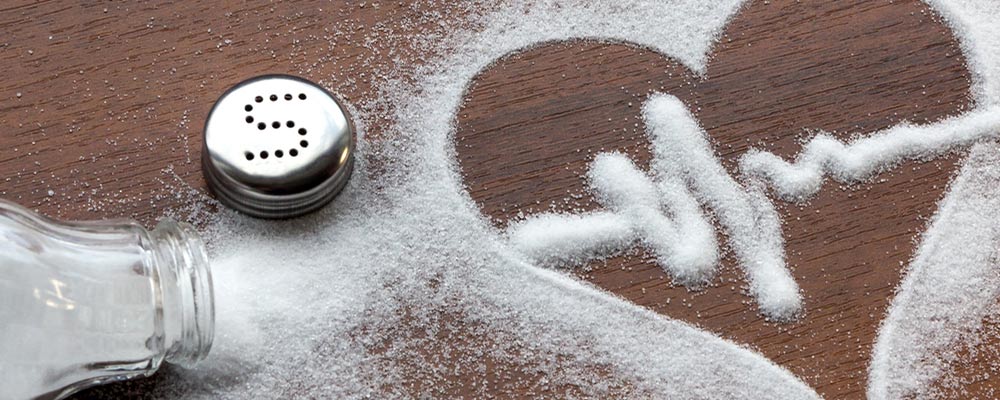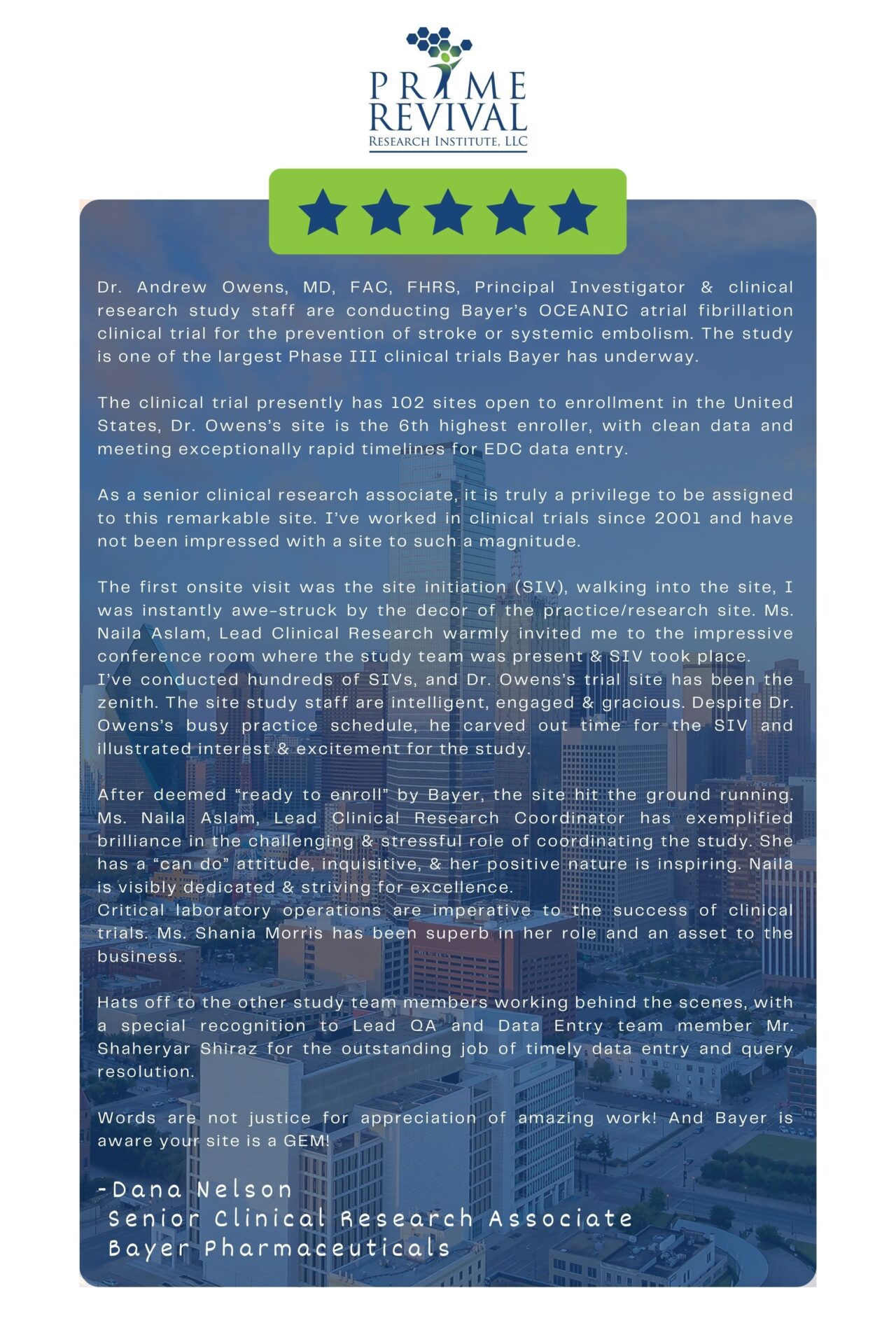Last Updated on July 4, 2023
Overview
We often hear the word Hypertension, but do we actually understand it? Hypertension or high blood pressure is a common heart condition that can severely impact one’s health. As per CDC, 116 million people have Hypertension in the US, with a systolic reading of 130mmHg and diastolic greater than 80mmHg. Hypertension can be physically and mentally challenging as it impairs day-to-day activities greatly. However, the good news is that hypertension can be managed and a person can live a happy healthy life just by making little changes to their lifestyle. This blog will focus on understanding hypertension, its causes, symptoms, stages, permissive hypertension, pulmonary hypertension life expectancy.
Normal Blood Pressure Readings
The normal values of blood pressure for adults are 120mmHg or less in systolic blood pressure and 80mmHg or less in diastolic blood pressure. Any deviation from these numbers can indicate issues with heart health.
What is Systolic and Diastolic Blood Pressure?
Systolic and diastolic blood pressure is used as a means to measure blood pressure. The systolic refers to the upper number, that measures pressure in the arteries when your heart beats. Whereas, the diastolic or lower numbers measure the pressure in your arteries when the heart is at rest.
What Happens In Hypertension?
High blood pressure or hypertension is when the blood pressure is higher than normal, that is greater than 120/80. The higher your blood pressure, the higher the chances for other complex health conditions.
What are the types of Hypertension?
- Primary Hypertension: It refers to hypertension that generally has no specific cause. It is primarily due to a sedentary lifestyle.
- Secondary Hypertension: This type is caused by specific underlying conditions. It includes tumors, fatty liver, thyroid problems, diabetes, sleep apnea, etc.
What is Essential Hypertension?
Primary hypertension was formerly popular as Essential Hypertension. It has no specific cause or underlying medical condition. Essential hypertension is mainly due to obesity, family history, unhealthy eating habits, and a sedentary lifestyle. It can be managed with timely diagnosis, appropriate medications, and lifestyle modifications.
Stages of Hypertension
There are 4 major stages of Hypertension:
- Prehypertension: In prehypertension, the blood pressure levels are elevated, between 120-129mmHg systolic and less than 80mmHg diastolic.
- Hypertension Stage 1: In stage 1, the blood pressure levels are somewhere between 130-139mmHg systolic and 80-89mmHg diastolic.
- Hypertension Stage 2: In stage 2, the levels are 140/90mmHg
- Hypertensive Crisis: In a hypertensive crisis the blood pressure levels are more than 180/120mmHg.
What are the Symptoms of Hypertension?
Hypertension or high blood pressure is oftentimes called a “silent killer”. It is because most of the time, hypertension occurs without prior symptoms. The symptoms include:
- Dizziness,
- Fatigue,
- Nausea,
- Vomit,
- Headaches,
- Nosebleed,
- Shortness of breath,
- Palpitations,
- Blurred vision, and
- Blood spots in the eyes (common in diabetics).
Causative Factors of Hypertension
 Different causative factors exist for primary and secondary hypertension. Some of these are:
Different causative factors exist for primary and secondary hypertension. Some of these are:
- Family history,
- Gender,
- Lifestyle,
- Weight,
- Diet,
- Smoking,
- High cholesterol, and
- Diabetes.
What is Pulmonary Hypertension?
Pulmonary hypertension is a condition that involves the lungs and heart. It is the high blood pressure in the blood vessels that supply blood to the lungs, called pulmonary arteries. It is a serious condition that could potentially harm the right side of the heart. If the right side of the heart is continuously put under pressure, it might lead to heart failure.
What are the Causes of Pulmonary Hypertension?
- Issues with the smaller branches of pulmonary arteries
- Problems that impact the left side of the heart
- Hypoxia: a shortage of oxygen
- Blood clots: narrowing or blockage of pulmonary arteries
How are the Symptoms of Pulmonary Hypertension Different?
The distinguishing symptom of pulmonary hypertension is swelling (edema) in the ankles, feet, legs, and tummy. The other common symptoms include shortness of breath, fatigue, chest pain, feeling dizzy, etc. These symptoms may often get worse during strenuous exercise and limit your ability to take part in physical activities. As with every condition, the pulmonary hypertension life expectancy also varies from person to person.
Pulmonary Hypertension Life Expectancy
It is a complicated and progressive disease. According to different studies, the average pulmonary hypertension life expectancy is between 2.8 years to 5 years if adequate treatment is provided.
How to Reverse Pulmonary Hypertension Naturally?
 Presently, there is no definite cure for pulmonary hypertension. However, there are certain ways that can help reverse pulmonary hypertension naturally. These include:
Presently, there is no definite cure for pulmonary hypertension. However, there are certain ways that can help reverse pulmonary hypertension naturally. These include:
Rest:
Chronic diseases cause fatigue and tiredness. It is essential to get adequate rest. Getting enough sleep helps to overcome fatigue.
Exercise:
Exercise plays a vital role in maintaining overall health. Pulmonary hypertension can limit your ability to perform strenuous exercises as it increases blood pressure. It is better to go for less strenuous ones like swimming, yoga, cycling, etc.
Do not Smoke:
Smoking is hazardous to general well-being. It damages your heart and lungs both.
Birth Control Pills:
Pregnancy is extremely dangerous for women with Pulmonary Hypertension. Hence, they have to find alternate birth control methods as the pills increase the risk of clots.
High Altitudes:
High altitudes disturb the blood pressure and oxygen levels and can exacerbate your condition. It is better to avoid traveling to high-altitude places.
Weight Control:
To maintain a healthy lifestyle, diet plays an important role. Try to cut down on salt, and fatty foods and focus more on having a nutritious and balanced diet.
Follow your Physician’s Prescription:
To help ease your symptoms, it is important to follow your doctor’s prescription.
What is Permissive Hypertension?
Permissive hypertension is an emergency treatment strategy that doctors adopt when a person suffers from an ischemic stroke. In this procedure, the doctor lowers the dosage of blood pressure-lowering medicines for around 48 hours following a stroke. This will in turn increase the blood pressure than ranges usually accepted.
High blood pressure can help to promote blood flow to the brain, which could be impaired during a stroke.
Guidelines for Permissive Hypertension
American Heart Association has set forth some guidelines for Permissive Hypertension management. These are:
- Intravenous Alteplase: Before administration, carefully lower the systolic numbers to 185mmHg and diastolic to 110mmHg.
- Mechanical Thrombectomy: Maintain or lower the blood pressure to 185/110mmHg before the procedure.
- Supportive Treatments: Initiate treatment if there is any existing condition and blood pressure is 220/110mmHg.
Hypertensive Crisis
A hypertensive crisis is an impulsive increase in blood pressure levels. The levels reach up to 180/120mmHg. It is a medical emergency that can lead to severe complications like heart attack, stroke, or other health problems. This is usually independent of permissive hypertension. There are further two types of hypertensive crisis:
- Urgent Hypertensive Crisis: The blood pressure is 180/120mmHg with no signals of organ damage.
- Emergency Hypertensive Crisis: Blood pressure is greater than 180/120mmHg and there is significant organ damage
Diagnosis of Pulmonary Hypertension
Certain tests are performed to diagnose pulmonary hypertension. These include:
- Blood tests: To detect the cause and signs of complexities.
- Chest Xrays: To check for other lung diseases that might cause pulmonary hypertension.
- ECG (Electrocardiogram): The electrical activity detects changes in the heartbeat.
- Echocardiogram: To determine how well the treatment is working. The sound waves create images of a beating heart that helps in diagnosis. It shows the blood flow through the heart.
- Right Heart Catheterization: A catheter is placed into the blood vessels that are guided into the lower right chamber and pulmonary artery. It helps the cardiologist to measure blood flow.
- CT scan: It shows the size of the heart and the blockages in the pulmonary arteries.
- MRI: It shows blood flow in the pulmonary arteries along with the condition of the right chamber.
- Lung Function Test: To test the ability of the lungs to hold air.
- Polysomnogram (Sleep Study): It can help diagnose obstructive sleep apnea that may cause pulmonary hypertension.
- Ventilation/Perfusion Scan: It determines whether a blood clot is responsible for the symptoms of pulmonary hypertension or not.
- Open Lung Biopsy: A small sample of lung tissue is removed and observed for the cause of pulmonary hypertension. However, it is rarely used.
Treatment Of Pulmonary Hypertension
 Medications are the ultimate treatment for pulmonary hypertension. These include:
Medications are the ultimate treatment for pulmonary hypertension. These include:
- Vasodilators: This medicine relaxes and opens the blood vessels to improve blood flow.
- Guanylate cyclase: It is used to increase the release the nitric oxide in the body relaxes the pulmonary arteries and reduce pressure in the lungs.
- Medicines to dilate or widen the blood vessels: Endothelin receptor antagonists are used to flip the effect of the substance that causes constriction of the blood vessels.
- Medicines to increase blood flow: Medicines like phosphodiesterase help 5 inhibitors may increase blood flow through the lungs.
- Calcium blockers: These help the muscles of the heart to relax.
- Blood thinners: To prevent blood clots.
- Digoxin: This help to stop the irregular heartbeat and makes the heart stronger.
- Diuretics (water pills): These medicines help kidneys remove excess fluid from the body and reduce the workload of the heart.
- Oxygen therapy: For people living at high altitudes, breathing oxygen can be of help.
Outlook
Hypertension or high blood pressure is a very common condition in Texas (31.7%). It often times present with no symptoms which might cause complications in the long run. As frightening as it sounds, there are multiple ways by which it can be managed. Modification in lifestyle and dietary habits are the most important ones. Having a healthy active routine works wonders in improving overall well-being. Therefore, it is essential to keep an eye on any changes in your body and get yourself checked annually to ensure that your heart is working properly.
Remember the saying, Healthy Eating, Normal Heart Beating!
Prime Revival Research Institute is conducting Hypertension Clinical Trials in Texas in search of potential treatment options that may be able to help you or your loved ones.


